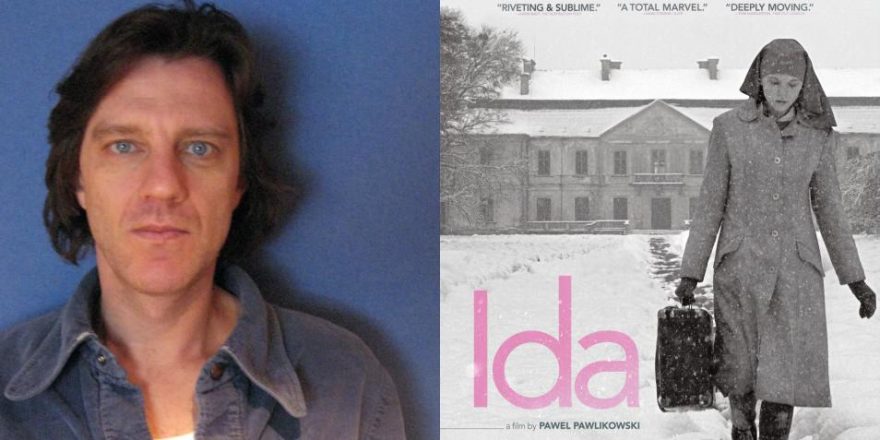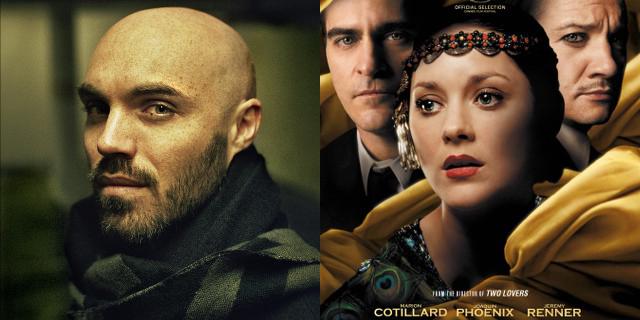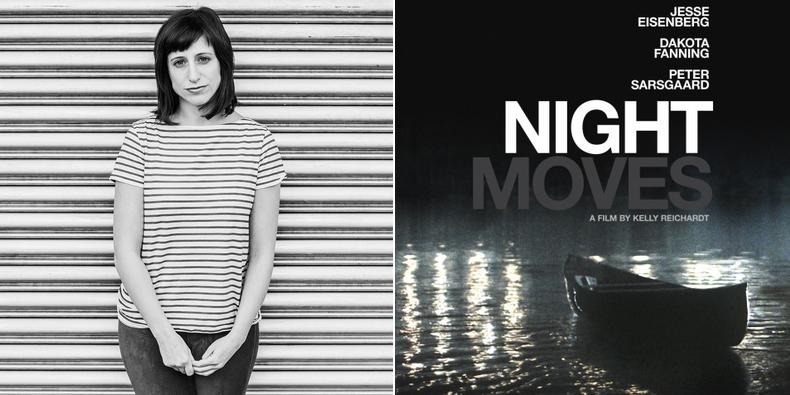A couple of times in any given year, if I am lucky, I get to see a great film – best defined as a film alive with new possibilities for the medium, audacious in its techniques and ideas, and one that is gripping in the moment then expands in your mind for days after you’ve seen it. A great film humbles you to try harder, to do better, absorb its lessons – and almost always you want to see it again, as soon as possible. There is already one new film this year that I have seen twice – Jon Glazer’s Under the Skin and another that I can’t wait to see again: Pawel Pawlikowski’s Ida.
Interestingly, they are both made by filmmakers with artistic roots in the U.K. and their films share a central theme – the rite of passage of a young woman into a forbidding and alien world. There’s no need to declare one better than the other – though I don’t mind saying that both films are much more original and interesting (and a good deal shorter) than Lars von Trier’s Nymphomaniac, which pursues a similar theme, ad nauseum.
Glazer’s film has already been worked over by critics and audiences – not always sympathetically, which may also be part of its achievement. The first time I saw it, three people (all men) didn’t just walk out of the film – they RAN out – which is remarkable, really, given that the movie opens with Scarlett Johansson doing a striptease and promises more of the same at regular intervals.
Ida might also have to overcome some preconceptions and prejudice – it is a black-and-white road movie, set in Poland in the early ’60s and framed by questions of religious faith. The film’s protagonist is a novice nun, Anna (Agata Trzebuchowska), who turns out to be Jewish – an irony at first comic, then very troubling indeed in the questions it begs in post-war Poland. Before submitting to her vows, she embarks on a road trip with a dissolute, world-weary aunt, Wanda (Agata Kulesza), who leads her into a treacherous swamp of family secrets which they have to dig up, quite literally. What they uncover creates agonizing choices for both women – not least the question of how they can carry on in the knowledge of what they have discovered. There is much more to the story than this which is best discovered by seeing the film itself. Suffice to say that the narrative is progressively gripping and emotionally devastating before ultimately reaching a state of grace, in the truest sense of the term.
The two women traverse a country whose people are haunted by the vast historical tragedies of the Holocaust and Stalinist repression. Ida personalizes these tragedies with a sure, delicate touch then engages with them head on, without moralizing or judgment. It is also a film that is refreshingly specific about its period and setting – which, from our vantage point, looks strange and mysterious, even exotic. Pawlikowski discovers life, joy and music in the cafes, hotels, apartments and religious institutions his characters inhabit, which are all outwardly shabby and bleak. So, whilst the film is serious in purpose and aches with sadness, it is never heavy or depressing. It doesn’t want to tell you things, it wants show you, instead, and in a style that is bracingly subversive in its simplicity.
The bold aesthetic choices in Ida announce themselves in the very first frames of the film. The film is shot in an unfashionable 1.37:1 aspect ratio and its boxy format invites your eye to investigate the depth and height in the scene. This is reinforced by another unusual strategy. For almost the whole duration of the film, the camera never moves, and thus the film is a series of well-designed tableaux, with a particular feel for the compositional virtues that black and white offers over color. There is also no score to speak of in the film. We hear only the music the characters encounter or choose to hear – so the music in the film reveals character organically and it ends up playing a crucial role in the destinies of the two women, in a way that a film score could only strenuously and noisily fail to achieve.
The unadorned stillness and simplicity of this approach seems radical amidst the sound and fury of modern cinema, which tends to pay little regard to spatial relationships in the frame or the weight of real time in a scene, and where so much camera movement and editing is done for its own sake, not in the pursuit of an idea.
In its rigorous simplicity, Ida bears comparison with the work of Bresson and the great documentarian Frederick Wiseman, who happen to be two of my favorite filmmakers, probably because I have no hope – or desire – to emulate them. Nor does Pawlikowski, I think, though I mean to compliment him with the comparison. But his film is all his own and I think it is a great one.
[Full disclosure: James Marsh is friendly with Pawel Pawlikowski, but states that this had “no influence on my appreciation of the film which I think will be an enduring masterpiece.”—Ed.]







